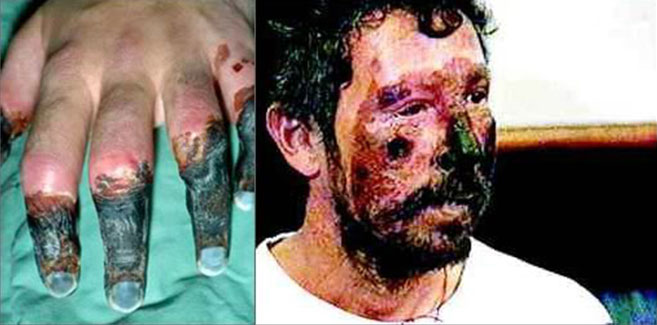- Details
- Written by: Tristan Kennedy
Whether it’s skiing, climbing mountains or trekking across the Arctic, extreme winter weather is one of the greatest dangers that adventurers face, having claimed thousands of lives over the years. But for every Captain Oates, who perished in an Antarctic blizzard, there’s an Ernest Shackleton, who survived against all the odds. And he’s not the only one.
The Gruesome Truth About The Climbers Who Die on Mount Everest
While people might be familiar with the story of Joe Simpson (of Touching the Void fame) these lesser-known – though no less incredible – survival stories show that people from all ages are capable of coming back from the dead.1) Douglas Mawson – The Man Whose Skin Fell Off

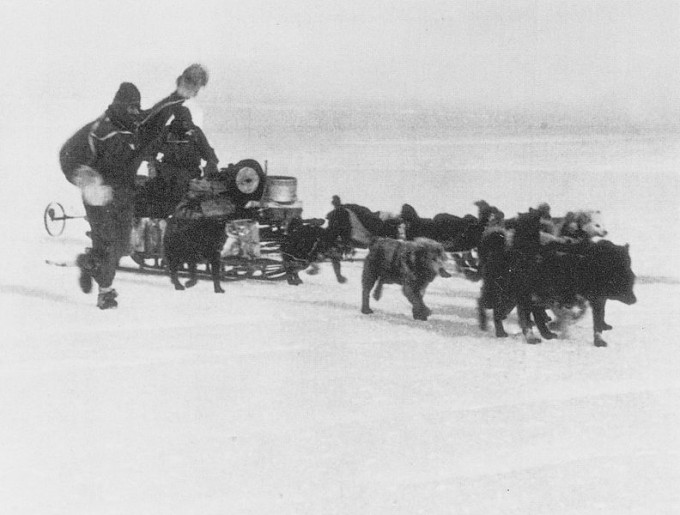 With only a week’s supply of food remaining and a five week journey back to base, Mawson and Mertz decided to turn back right away, shooting the weakest dogs for meat as they went.
Little did they know that huskies’ livers contain toxic levels of vitamin A, which slowly poisoned them, causing strips of their skin to fall off.
With only a week’s supply of food remaining and a five week journey back to base, Mawson and Mertz decided to turn back right away, shooting the weakest dogs for meat as they went.
Little did they know that huskies’ livers contain toxic levels of vitamin A, which slowly poisoned them, causing strips of their skin to fall off.
“Every morning he had to reattach the soles of his feet, which had become separated from the overlying flesh”Mertz began to go mad biting off his own finger and attempting to destroy their tent in a fit of rage. Three weeks after Ninnis’ accident, he too was dead of starvation, exposure and vitamin A poisoning. Mawson stumbled on alone, his physical condition now so bad that (according to America’s PBS news): “Every morning before he rose he had to reattach the soles of his feet, which had become separated from the overlying flesh.”
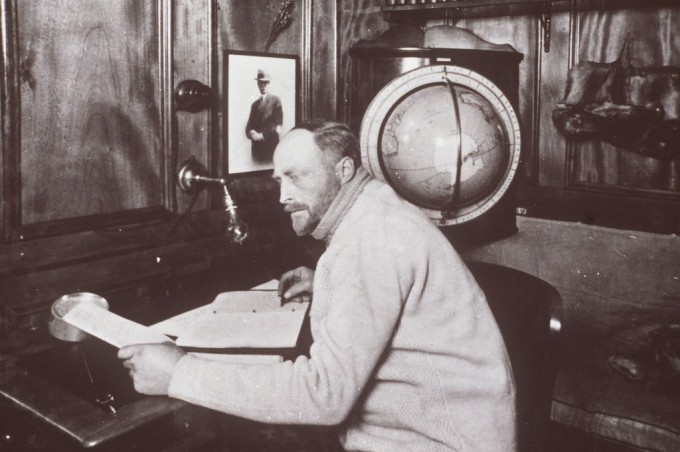
2) Jean Hilliard – The Medical Mystery

Missing, Presumed Dead: 5 Incredible Stories Of Ocean Survival
Jean’s ordeal began when her car skidded off a remote stretch of road as she was driving home to her parents’ house late on the night of December 20th 1981.
This being the 80s she didn’t have a phone to call for help. So Jean started walking to her friend Wally Nelson’s, a couple of miles down the road.

Wally Nelson loaded what he thought was her body into his car “diagonally”.When she arrived at the hospital, doctors found her temperature too low to register on a thermometer and found they couldn’t do anything intravenous as her skin too frozen to penetrate with a hypodermic needle. Her heart was still beating, but at about 12 beats per minute as opposed to its normal 60-100bpm. And yet somehow, after thawing out with warm packs around her body, Jean made a full recovery – and somehow didn’t lose so much as a finger to frostbite.

3) Colby Coombs – Left Hanging
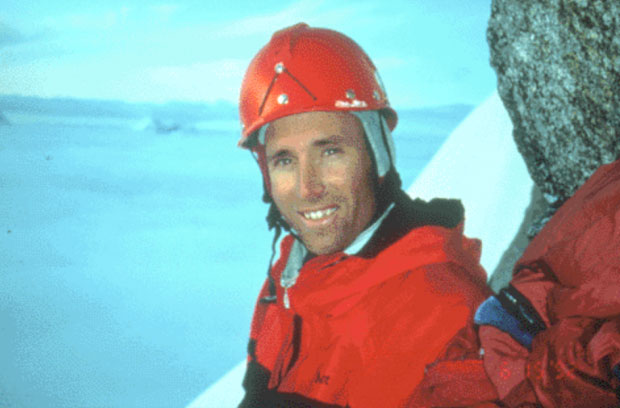
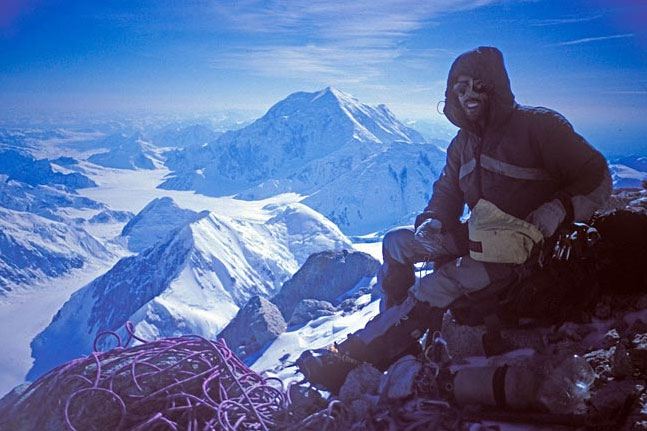
“I remember thinking ‘I don’t care if my foot falls off.'”Somehow over the course of the next 36 hours the distraught and injured Coombs managed to salvage gear, eat some of the party’s remaining food and melt snow to drink. He then set off on what would be a 6 day descent, his broken ankle crunching with every excruciating step.

4) Anna Bågenholm – The Woman With Ice In Her Veins
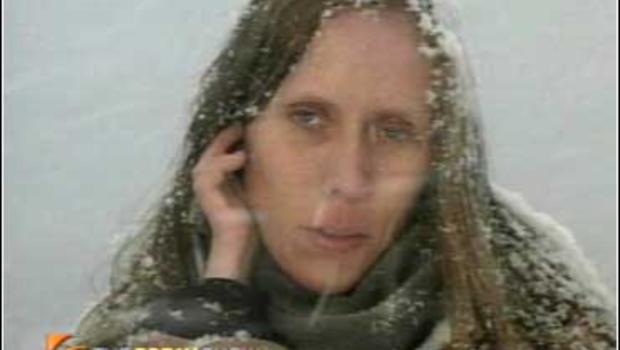
Living On The Blood and Urine of Dead Sea Turtles: The Shocking Story of A Sailor Stuck in Hell
The young Norwegian and two friends, all of whom were junior doctors, had been out skiing together when Anna lost control and plunged head first through the ice of a frozen stream. As her heavy ski gear became soaked, Anna began to be dragged further and further under. Luckily her friends arrived just in time to grab her boots and stop her disappearing completely and she found herself lying face up with her mouth in an air pocket under the ice.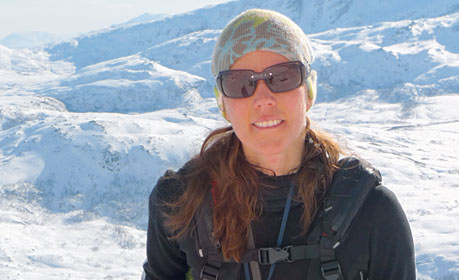
By the time the helicopter landed, Anna’s heart hadn’t beaten for more than two hours.By the time the helicopter landed at Tromso university hospital, Anna’s heart hadn’t beaten for more than two hours. The desperate medical team had been artificially compressing her chest and hoping that the onset of hypothermia might have shut down her brain enough to prevent permanent damage. But before they could get her heart going, the doctors would have to raise her core temperature – to melt the icy cold that had gripped her veins. To do so they ventured into uncharted medical territory, hooking Anna up to a heart and lung bypass machine of the kind usually used for open heart surgery.

5) Beck Weathers – The Man Who Was Left for Dead
[caption id="attachment_60131" align="aligncenter" width="657"] Beck Weathers photographed immediately after the 1996 Mt Everest disaster. Photo: adventure-journal.com[/caption] The infamous Mount Everest disaster of 1996 has been the subject of much controversy. But on a day when 8 climbers died, what’s perhaps most remarkable is that Seaborne Beck Weathers wasn’t one of them. A pathologist from Texas, Beck was one of the paying clients who made up the Adventure Consultants expedition of about 18 individuals led by experienced guide Rob Hall. Two other expeditions, all with similar numbers of people, were also attempting to summit via the South Col route on the same day – May 10th. Whether over-crowding, wilful ignorance of the weather warnings, or the over-ambition of expedition leaders driven by commercial imperatives was to blame is up for debate. But when a storm rolled in early in the evening of May 10th, a lot of climbers were caught near the summit. They were exposed and in danger – well above the 8,000 metre line known as the “death zone”, in which the human body and brain slowly start to shut down, even with supplemental oxygen.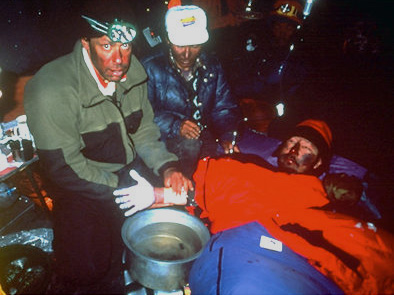 Weathers had previously had eye surgery which affected his vision at altitude, so he couldn’t see properly as he climbed up from Camp IV in the early hours of the morning. But he was unwilling to give up his attempt on the summit, so waited to see if his vision would improve when the sun rose.
He never made it to the top, but the delay meant he was one of those still stuck high up on the mountain when the storm struck.
Weathers had previously had eye surgery which affected his vision at altitude, so he couldn’t see properly as he climbed up from Camp IV in the early hours of the morning. But he was unwilling to give up his attempt on the summit, so waited to see if his vision would improve when the sun rose.
He never made it to the top, but the delay meant he was one of those still stuck high up on the mountain when the storm struck.
They were exposed and in danger – well above the 8,000 metre line known as the “death zone”, in which the human body and brain slowly start to shut down.Already disorientated, he and a group of climbers became completely lost as the visibility plummeted. Confused and weakened by the lack of oxygen to the brain, they staggered round the South Col for several hours, searching vainly for Camp IV. A rescue effort led by the Kazakh guide Anatoli Boukreev saved several climbers during a lull in the storm, but by the time Boukreev arrived, Beck was nowhere to be found. The following day another rescue effort found Beck and fellow climber Yasuko Namba but turned back, believing the two were so weak that they were beyond help. Although Namba never made it, Beck somehow staggered back into Camp IV under his own steam. He was suffering so badly from frostbite and the effects of oxygen deprivation that once again his fellow climbers judged that he wouldn’t make it. The best they could do, they thought, was to make him comfortable until he died.


